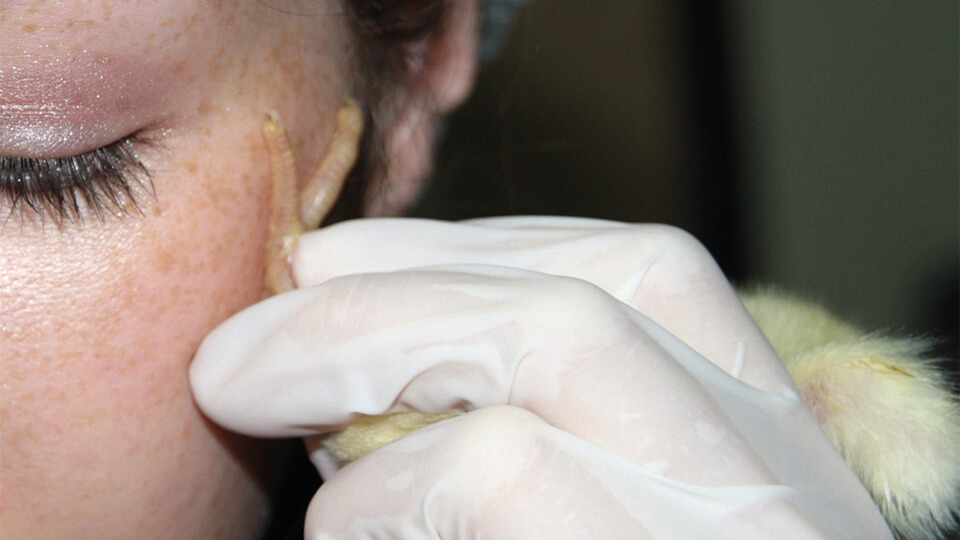Approche physiologique et comportementale du démarrage des jeunes volailles : une vision recentrée sur l’Animal

Auteurs
Résumé
Le démarrage des volailles correspond à la période d’élevage entre la livraison des poussins et l’âge de 10 jours. Sa réussite est un élément clé de la performance technico-économique du lot et de la réponse aux demandes sociétales ; réduction de l’utilisation des antibiotiques, bien-être animal et naturalité de l’élevage notamment. Par ailleurs, de nouvelles solutions biomimétiques apparaissent et leur intérêt quant au statut physiologique et au comportement des jeunes volailles devra être plus largement étudié. Les bonnes pratiques de démarrage sont bien connues et diff usées au travers de guides techniques. A côté de ces références chiffrées précises sur les paramètres du couvoir et du bâtiment d’élevage, le pilotage du démarrage repose également sur l’observation et la manipulation des animaux.
Abstract
The start of the rearing period of poultry corresponds to the interval between the delivery of the chicks to the farm and 10 days-of-age. The success of this period is a key element in the technical and economic performance of the animals and the response to societal demands: reduction in the use of antibiotics, animal welfare and a ‘natural’ livestock farming system. In addition, new biomimetic solutions are emerging and their importance in the physiological status and behaviour of young poultry will need to be more widely studied. Good practice in the initial rearing period has been defined and the information is available through technical guides. In addition to the precise data on hatchery and rearing building parameters, the piloting of the initial rearing period is also based on animal observation and handling.

